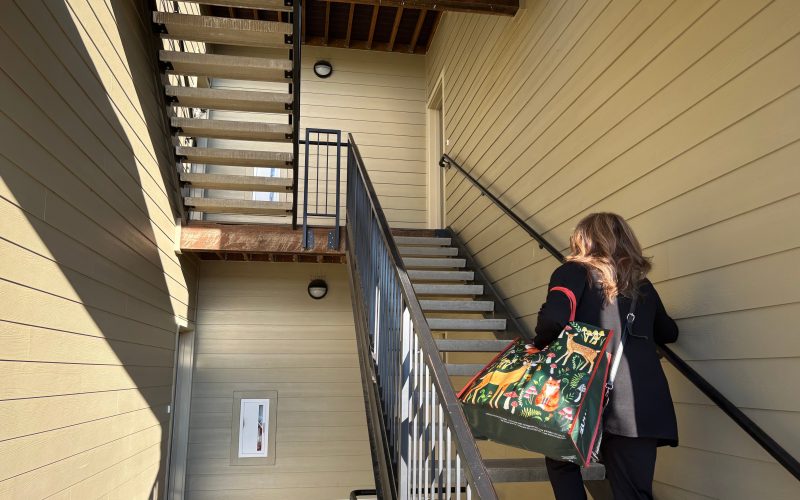Too many students skip far too many school days, an issue that affects almost every school in Oregon.
Ironically, however, there are no real-time statistics on the scope of the problem.
Rather, chronic absenteeism rates—defined as missing 10% or more of the school day—are only reported by the state Department of Education once a year, usually in late October, more than four months after the year-long absenteeism ends.
34% of the state’s kids missed about 17 days of school during the 2023–2024 academic year, according to this year’s data set, placing them at risk of not learning to read, do math, or graduate from high school. Oregon’s rate is significantly higher than the national average and significantly higher than pre-COVID levels.
Despite the fact that the majority of schools keep track of daily attendance data, their responses are inconsistent and challenging to monitor or assess. Additionally, the state’s data delay prevents it from proposing or enforcing prompt interventions, which increases the likelihood that certain pupils won’t receive assistance in time.
On the other hand, states like Rhode Island and Indiana, which have had greater success in reducing high student absenteeism rates, have dashboards that are open to the public and updated every day.
In order to standardize the way the state’s 197 school districts submit such data to the state, a measure now being considered by the Oregon Legislature would mandate that Oregon submit district-by-district student absence reports four times a year.
In order to determine whether absenteeism is more common among kids of color or special education students, for instance, the bill also mandates that the data be broken down by student group.
For the state, that level of standardization would be unusual. Cynthia Branger-Munoz, a lobbyist for the Oregon Education Association, told the House Education Committee on Wednesday that everyone now approaches the task somewhat differently.
Representative Hoa Nguyen, a Democrat from East Portland, and Senator Suzanne Weber, a Republican from Tillamook, are the sponsors of House Bill 3199. They co-chaired a task force on absenteeism throughout the past year. Additionally, their proposed bill requests that lawmakers take into account allocating funds for technology that would give early warning signs of student absences. This would enable school districts to better monitor and identify students who are at risk of developing chronic absenteeism and conduct preventative outreach to their families.
According to Jessica Cobian, policy and government affairs manager for the Oregon branch of the school advocacy group Stand for Children, Michigan’s investment in such a system paid off, as the state’s absence rate dropped by 8 percentage points this year.
According to 16-year-old Gael Valenzuela, a junior at Umatilla High School who was excused from class on Wednesday to testify on the bill, relationships with supportive adults and meaningful extracurricular activities that give them a sense of belonging are what really keep students in school. Data tracking and transparency are also important.
Valenzuela told lawmakers, “I missed 38 days of school not that long ago.” I was having trouble. In addition to working, I was attempting to provide for my siblings.
He claimed that an outreach coordinator who was able to put the family in touch with resources to assist Valenzuela and his siblings in readjusting to the routine of everyday school and the knowledge that the other members of his school’s robotics team, the 4125 Confidential, were depending on him were what motivated him to return.
According to Valenzuela, he is now back on track and has an almost flawless attendance record.
Julia Silverman writes for The Oregonian/OregonLive about K–12 education. You can email her at [email protected].










